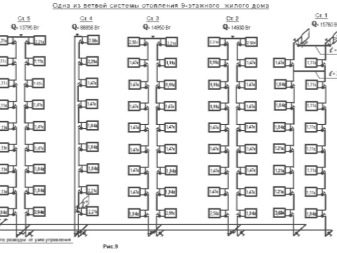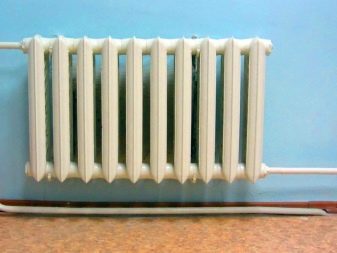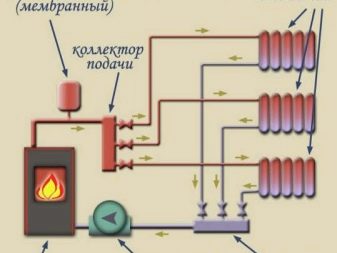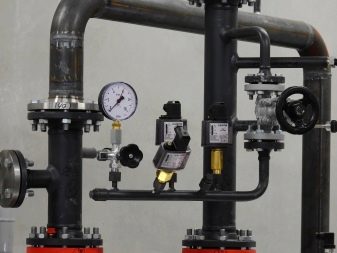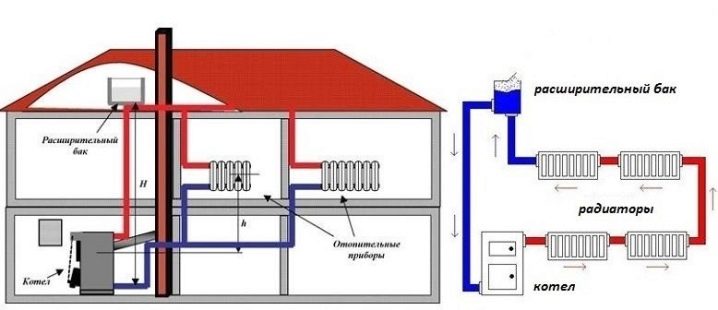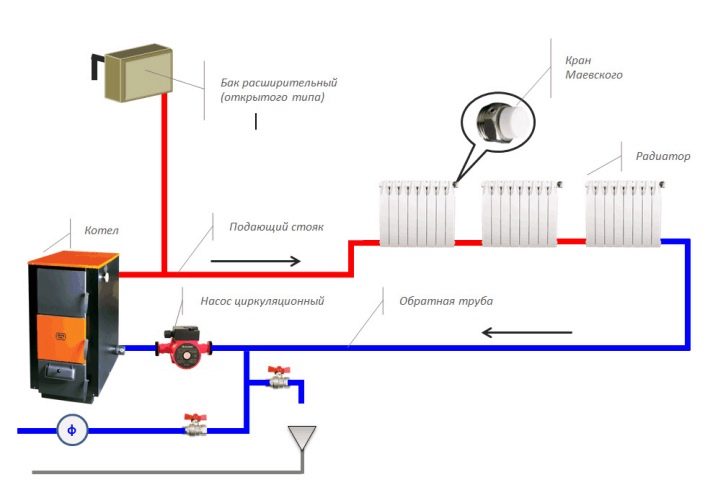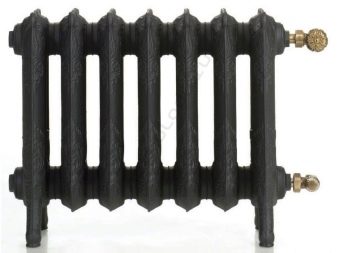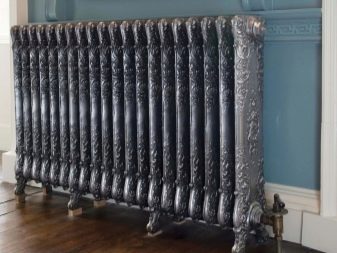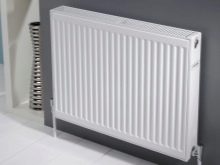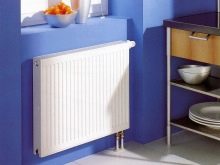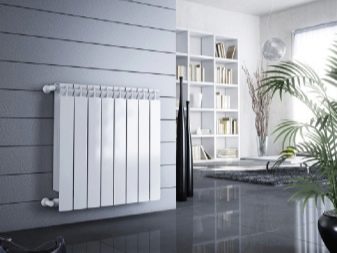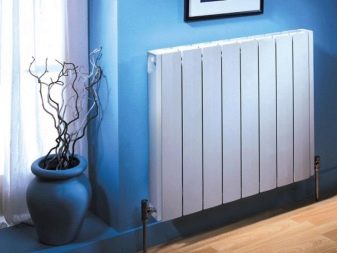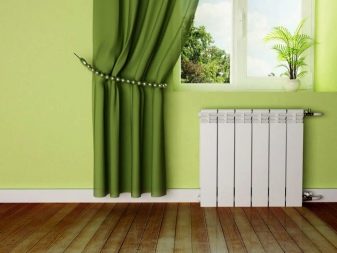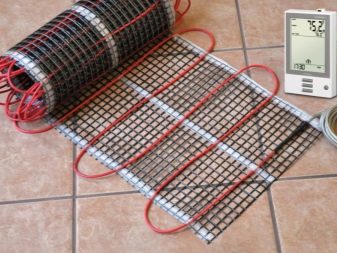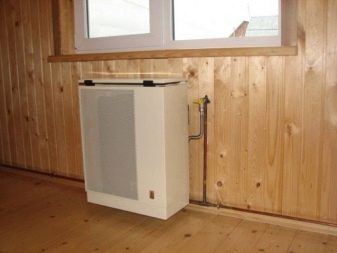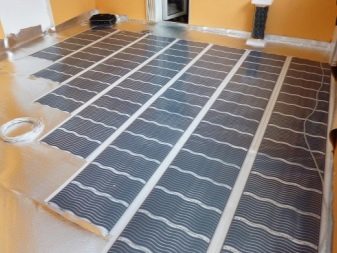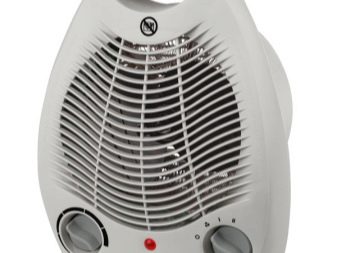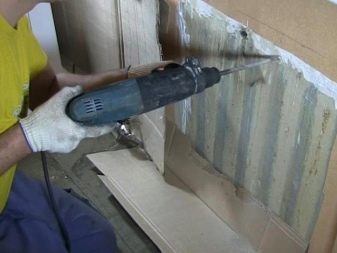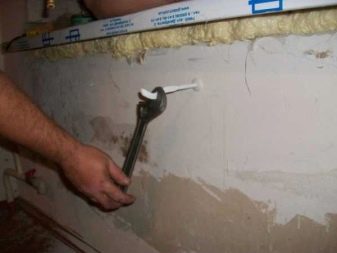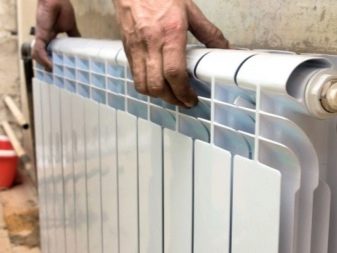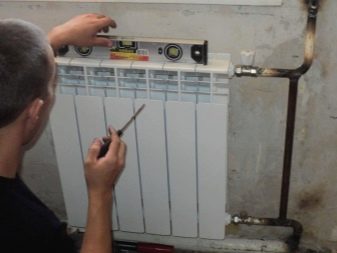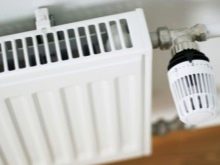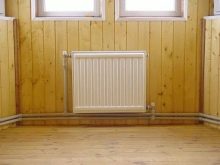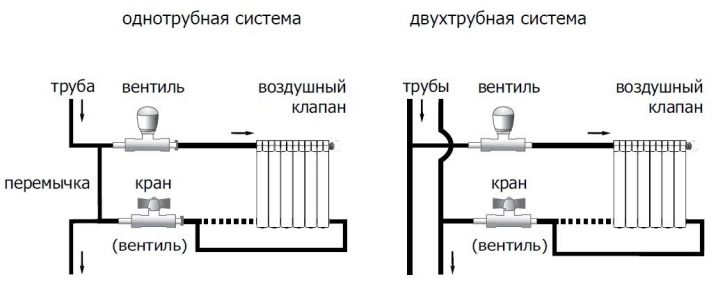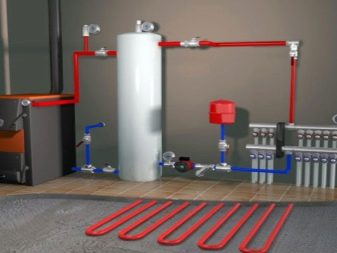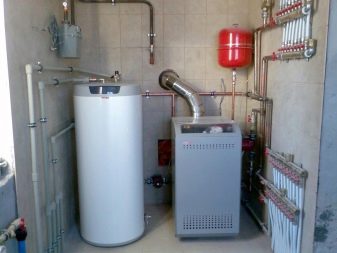Central heating: classification of systems and their installation
Most people’s knowledge of central heating is inadequate. Of course, everyone can tell about the fact that there is a CHP somewhere, about the laid pipes and the basic principles of their work. But in fact, there are many subtleties, including the final link, that is, on the inputs to housing. This article will discuss in detail the types of heating systems and features of their work.
Special features
Central heating is the main way of heating homes in Russia. People often complain about it, especially now because of the obsolescence of equipment and infrastructure. Many are dissatisfied with the fact that there is no possibility to independently regulate the operation of the system. But in fact, the centralized method of heating for many decades has already proven its effectiveness.It is a very complex and extensive collection of engineering communications.
The heated coolant is fed along long lines to heated premises. It returns to the boiler room when it cools, and this allows the formation of a closed heating circuit. Central heating is divided into water, steam and air, in most settlements of the Russian Federation water acts as a coolant. The advantage of this choice are ease of operation and the ability to apply coolant quite far without compromising its parameters. Air heating is much less common, because its cost is very high.
Steam heating is mainly on industrial sites., where steam is simultaneously used for the needs of primary production and heating of premises in the cold season. Reduced hydrostatic pressure reduces the size of the pipes used. In any case, central heating requires the presence of expensive volumetric infrastructure in the "center", but this pays off completely. The disadvantages are not connected with the viciousness of the approach itself, in principle, but with the curvature of the implementation of the idea in practice.
If the average daily air temperature does not rise to more than 8 degrees Celsius for 120 consecutive hours, the boilers start up. The stop of their action is allowed when the air outside warms up above the same mark for more than 120 hours without a break. In most regions, the heating period lasts from mid-October to the first half of April, but the length of the winter season and cold returns or early thaws make their adjustments.
In the most important social facilities, the supply of heat begins earlier. Periodically, in the summer, experimental launches are carried out in order to assess the readiness of the system to work and to eliminate the defects that appear in advance.
In any central heating system there are regulations. Traditionally, it is assumed that comfortable living conditions are observed at air temperatures from +21 to +25 degrees. Refinement of these data, taking into account psychological studies and surveys of a large number of people, showed that it is generally worth sticking to warming from +18 to +24 degrees.
Actual conditions vary depending on:
- climatic specifics;
- possibilities of heating devices and highways;
- features of the room itself.
Kinds
It should immediately be said that such an alternative to central heating, as individual heating devices, does not work very effectively. On the other hand, the distance over which the heat transfer fluid from the CHP or boiler house is pumped is of great importance. As already mentioned, the most common type of DH systems inside buildings is the water format. Most people prefer complexes with natural circulation of water, because they do not require sophisticated equipment. Instead of pumps and other equipment, the difference in the density of cold and hot liquids works, providing independent mixing.
Such complexes work even in the absence of power supply or systematic failures in it. Almost everything will be able to install a natural heating system, and pressure is not dangerous.
Among the drawbacks of such a device is the need to use relatively large pipes, which are:
- give off heat more slowly;
- have a limited range;
- cause a long start and slow stop if necessary.
Forced circulation, even with the cost of additional equipment, is more profitable. Unfortunately, if the electricity is turned off and there is no autonomous generator, the system stops working. In addition, in case of failures in the pumps in their electronics, even the presence of the mains current does not help. Heating systems are also divided according to other signs, primarily according to the used material of pipelines and radiators. Steel, copper, polypropylene, metal-plastic, aluminum can be used for these structures, but you need to think about the compatibility of materials.
At central heating hubs, different fuels are used, in 99% this is one of three types:
- coal;
- gas fuel;
- fuel oil.
How to choose?
Even a superficial acquaintance with these nuances allows us to confidently say that only the type of radiators and the pipes connecting them can vary in the apartment’s rooms. Other aspects, such as heat carrier, its heating, pressure and pressure, the type of fuel used are not dependent on homeowners. Classic cast iron radiators not only have a long history, but also serve quite stably for many decades.It is quite reasonable to use cast iron heating elements for the natural circulation circuit. Moreover, they impose minimal demands on the quality of coolants.
The powerful thermal inertia of cast iron is very poorly compatible with the means of automatic regulation. This material is very heavy and brittle, easily giving in to strong hydraulic shocks. It will have to be systematically painted. Therefore, in many cases, they try to heat the apartment in the winter due to the steel batteries of panel performance. But this choice is more suitable for a private dwelling than for an apartment building, and even lightness does not help much.
The matter is insufficient resistance to increased working pressure (from 10 atm.) And gradual corrosion of the internal surfaces of radiators.
A steel battery cannot be supplied without a locking valve. on the input and output circuits, and even in ideal conditions, it will work only 10 - 12 years. Tubular heaters are much more practical, they tolerate high pressure and even outwardly look more attractive. Quite often, aluminum radiators are used in practice, which are light and compact, look very good and withstand considerable pressure.
But they also have weaknesses - the temperature of the water in the aluminum case decreases rapidly, and the acid-base balance of the coolant is also limited. In addition, aluminum is incompatible with the sanitary infrastructure of brass and copper. In contact with such parts, it will quickly deteriorate.
High heat emission and resistance to significant pressure in bimetallic radiators is crossed out by the risk of contamination of the reservoirs. In addition, they are very affected by the increase in the concentration of oxygen in the water and they themselves are very expensive.
When choosing a specific solution, you should focus on those radiators that have a functional pressure higher than the working and test pressure in this system. It is necessary to calculate the power not only of the device as a whole, but also of each section, because it is irrational to mount too many weakly separate blocks. Its features have a selection of radiators for heating on the balcony, loggia. The organization of heating in these premises is legally classified as a reorganization of a residential apartment. Therefore, it should be carried out only with the permission of the supervisory authorities and only in the execution agreed with them.
Freezing of batteries will lead to their destruction and flooding of the apartment itself, and sometimes apartments below. Therefore, the controlling organizations carefully check the projects of heat insulation of balconies and loggias, as well as the insulation works that are actually performed. We will also have to prove that a weakening of the pressure in the general house system, lowering the temperature of the heat carrier in it will not cause any damage to anyone. It is worth considering the fact that in a number of regions of the Russian Federation no insulation and preparation do not give the right to take out radiators for the loggia. Such an order officially operates in Moscow, for example.
The output in many cases are:
- electric underfloor heating;
- gas convectors;
- infrared mats;
- fan heaters.
Installation
The wiring diagram largely determines the quality of the heating system. And here it is not necessary to be guided neither by the words of the sellers, nor by their previous experience, nor by the recommendations of the neighbors. Each such hint may be incorrect, and only a specialist will be able to assess whether it is correct or not. The general principles of connection for all wall-mounted heaters are the same.Wall carefully mark and equip with brackets.
Then they check the accuracy of their placement and only after that they connect the heater to the supply pipe, then to the return pipe (in no case in a different order!). It is important to remember that the connection method is reflected in the actual characteristics of the system, no less than the nominal heat output and magnitude. It is better to choose a type of radiator that perfectly suits apartment owners than to close it outside with a screen. This will significantly reduce heating efficiency.
Other indispensable rules are:
- placing all the batteries in the same room at the same level;
- the location of the convector ribs strictly vertically;
- the coincidence of the centers of radiators and the centers of the windows at the location under the sill (with a shift of not more than 20 mm to the side);
- placing a heat reflecting screen on the main wall behind the heater;
- approximation wall radiator to the window sill and the floor a maximum of 50 mm.
One-pipe and two-pipe systems should not be confused: their differences relate to whether water is being supplied and discharged through a single pipe or not.In both cases, it is permissible to use radiator connections from the side, bottom or diagonally. Also pay attention to the so-called collector (beam) options. In the “beam”, all radiators have separate connections, which requires carrying pipes directly and placing them in large quantities. But on the other hand, such circuits are great if, in addition to radiator heating, it is also planned to use a heated floor.
Central heating can be carried out not only in the apartment, but also in a private house. There, its installation will have its own characteristics. It is recommended to use plate heat exchangers. Such a device works by demarcating and at the same time uniting disparate heating and water supply systems. The heat transfer medium supplied centrally, after passing through a certain channel, will heat the plates and leave.
From the opposite side, an autonomous heat transfer fluid flows to the plates. As a result, it heats up, not being saturated with harmful substances, which are used in the preparation of water at CHP. Therefore, such a liquid can be safely applied not only for heating, but also for water supply.In order to make life in the house even more comfortable, you can, in addition to heating devices, supply a set of weather-dependent automation. But in fact, not everything is so simple. Preventing fluctuations in the temperature of outdoor air, in theory, allows you to have a stable microclimate in the home. But sometimes there are situations when it is rather uncomfortable. So, in houses with high heat capacity and excellent insulation heat accumulation is fully carried out by the walls.
Automatic complexes do not yet have effective adaptation algorithms for such a situation. Therefore, even fully manual mode switching, if possible, is much more efficient.
Tips
Central heating in a private dwelling allows you to abandon radiators using underfloor heating. But in an apartment building the refusal of the usual batteries, and even the simple addition of their water circuit under the floor are unacceptable. This is prohibited not only by the norms of SNiP, but also by decisions of a number of local authorities. You may encounter difficulties in real estate transactions, regulations on the removal of appliances, or even termination of social employment contracts.The reason is quite clear: a warm floor upsets the balance of heat supply at home, increases the risk of flooding.
As a last resort, it is possible to present a very carefully elaborated scheme to the controlling authorities.which will prove the complete absence of excess risks. But it is much more correct to install an electric or infrared heat-insulated floor, because with it less documentary concerns. As for the heating circuits themselves, water in a temperature of not more than 35 degrees can be used for heating in pipes made of cross-linked polyethylene. Polypropylene solutions must be mounted by experienced people. It is recommended in most cases to use metal-plastic, which is second only to more expensive copper and stainless steel.
On the installation of the radiator you will learn in the next video.


